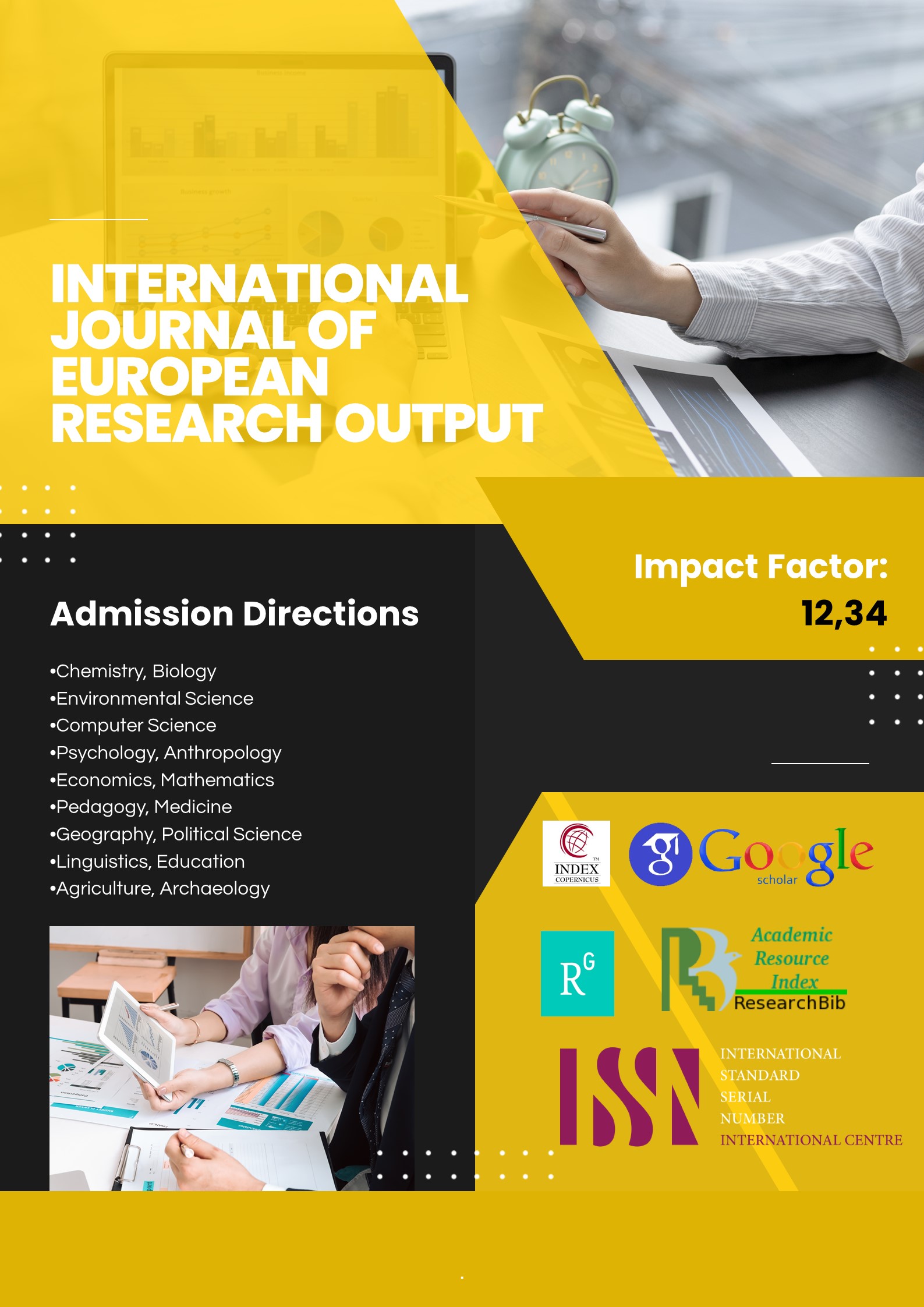TECHNOLOGY FOR DEVELOPING CRITICAL THINKING IN LISTENING AND READING SKILLS OF SCHOOLCHILDREN IN FOREIGN EDUCATION
Main Article Content
Abstract
This article examines cutting-edge tools for helping students in international education systems improve their critical thinking, listening, and reading abilities. It highlights the value of incorporating critical thinking into foreign language learning by looking at methods, resources, and techniques that improve understanding and analytical skills in various domains.
Article Details
References
Baker, C. & Green, R. (2018). The Impact of Audiobooks on Reading Comprehension. Journal of Literacy and Technology, 19(2), 45-57.
Vesselinov, R. & Grego, J. (2012). Duolingo Effectiveness Study. City University of New York.
Scholastic. (2020). The Impact of Interactive Digital Reading on Student Learning. Scholastic Education Reports.
Jonassen, D. H., & Land, S. M. (2000). Theoretical Foundations of Learning Environments. Lawrence Erlbaum Associates.
Hu,Z., & Xu, L. (2019). Using Virtual Reality to Enhance Learning: An Exploration of Educational Benefits and Challenges. Computers & Education, 140, 103601.
Bloom, B. S. (1956). "Taxonomy of Educational Objectives." Longmans.
Brown, H. D. (2001). "Teaching by Principles: An Interactive Approach to Language Pedagogy." Pearson Education.
Duolingo. (n.d.). Retrieved from https://www.duolingo.com
Kahoot! (n.d.). Retrieved from https://kahoot.com
Educational Technology Journals and Articles (Various).
